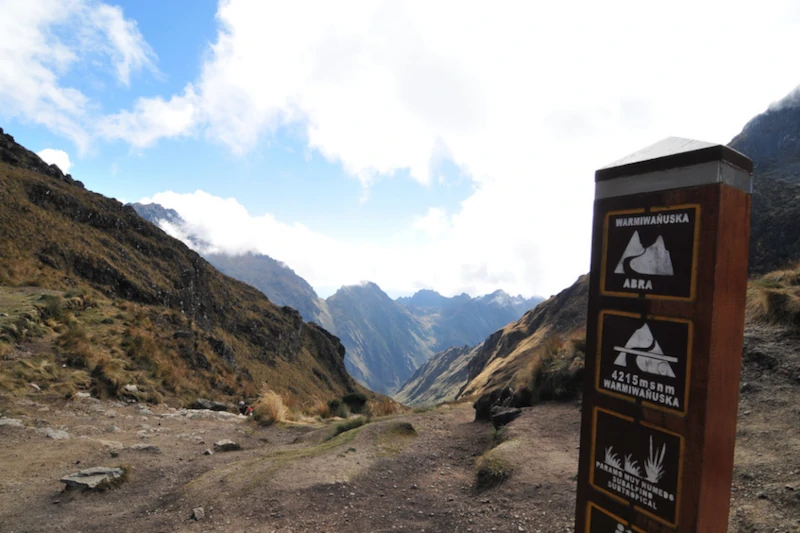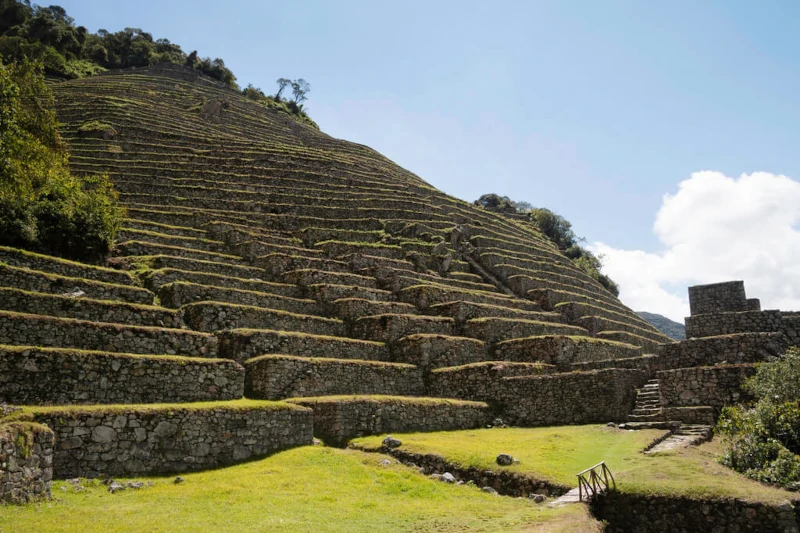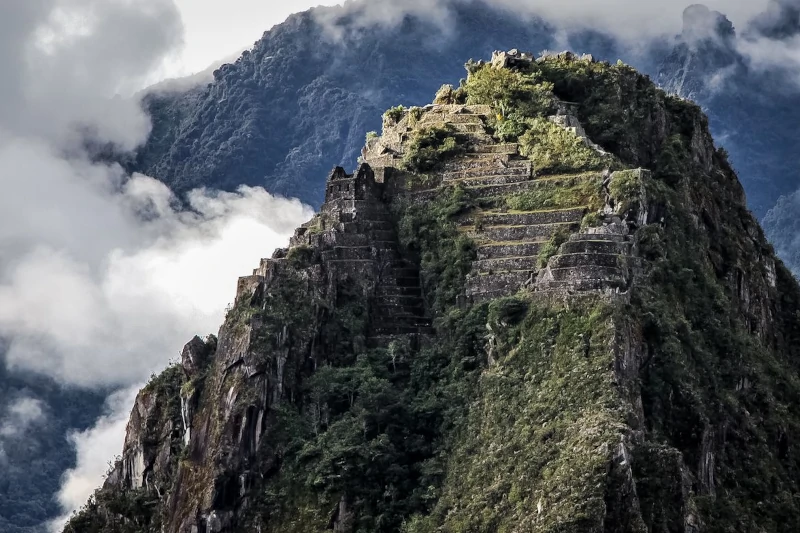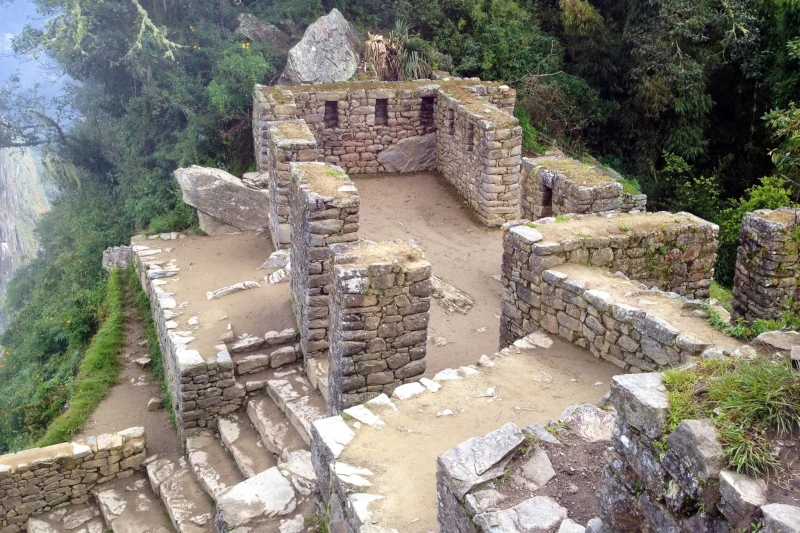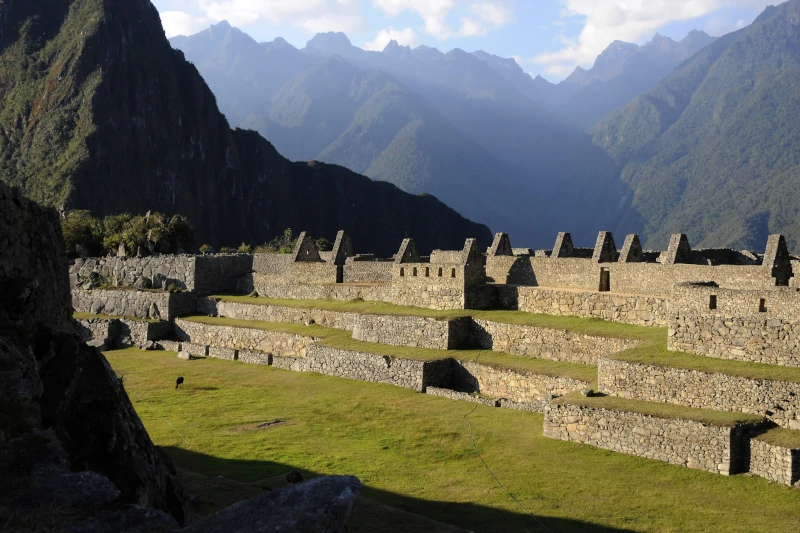- Machu Picchu Treks
- Inca Trail
- Inca Trail to Machu Picchu (Full Day)
- Short Inca Trail to Machu Picchu (2 Days)
- Classic Inca Trail to Machu Picchu (4 Days)
- Royal Inca Trail Tour (4 Days)
- Private Inca Trail Tours (5 Days)
- Inca Jungle Trek to Machu Picchu (4 Days)
- Llactapata Inca Trail to Machu Picchu (4 Days)
- Salkantay Inca Trail to Machu Picchu (7 Days)
- Lares Trek to Machu Picchu (4 Day)
- Salkantay Trek to Machu Picchu (5 Day)
- Inca Trail
- Alternative Trek
- Machu Picchu
- Cusco & Amazon Tours
- Cusco City Tour (Half-Day)
- Classic Sacred Valley Tour (Full Day)
- Sacred Valley & Maras Moray Tour (Full Day)
- Mountain Bike Tour to Maras & Moray (Full Day)
- Maras Moray (Half Day Tour)
- Rainbow Mountain Trek – Vinicunca (Full Day)
- Rainbow Mountain Tour – Palccoyo (Full Day)
- Rainbow Mountain ATV Tour (Full Day)
- Humantay Lake Trip (Full Day)
- South Valley Tour (Half Day)
- Waqrapukara Trek (Full Day)
- Manu
- Puerto Maldonado
- Packages

